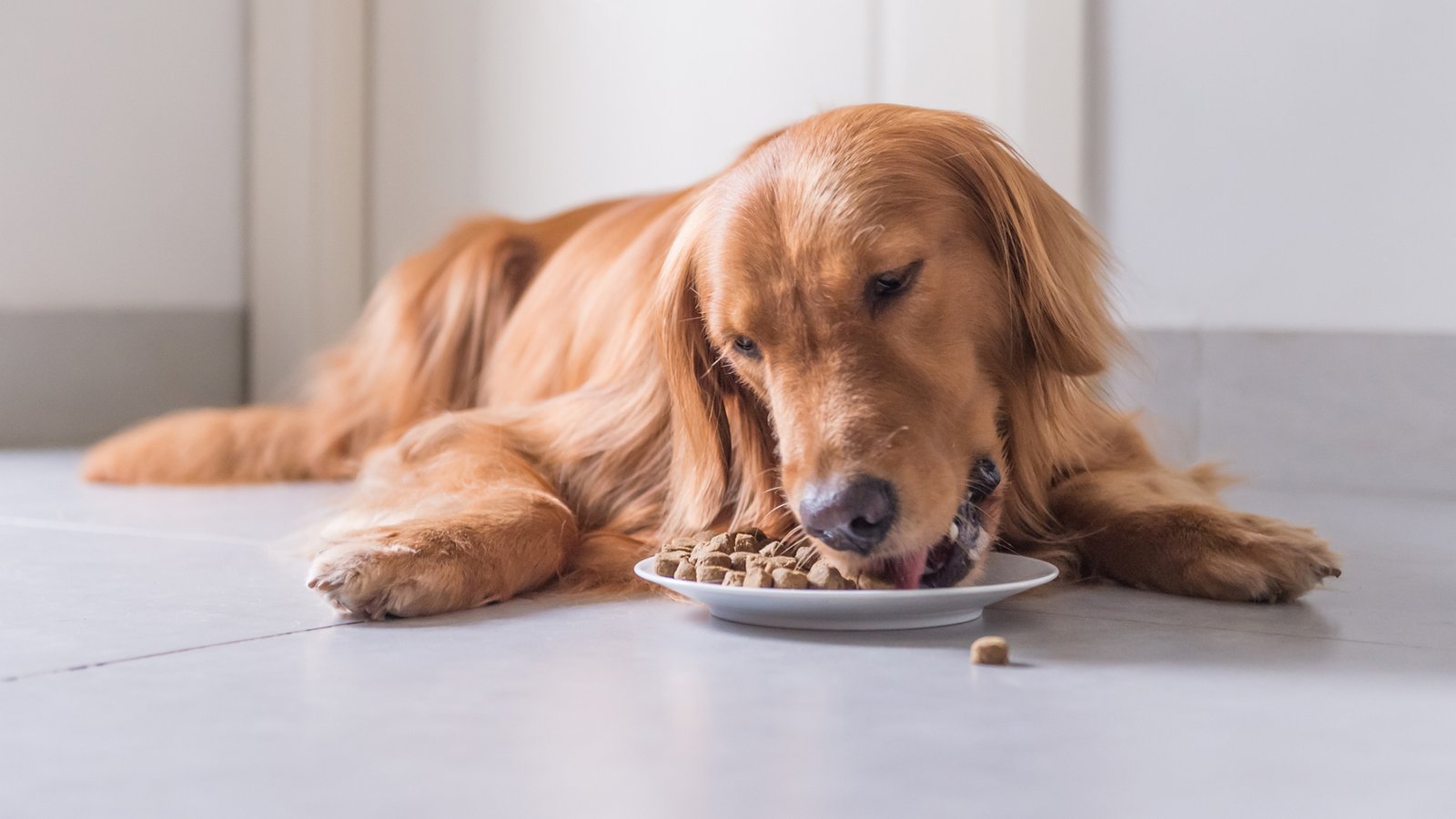Animal Diet
Try A Bland Diet To Soothe Your Dog’s Upset Stomach

Just like their owners, dogs too sometimes suffer from digestive troubles. They lick something or eat something disagreeable and develop issues like vomiting and diarrhea. In such situations, veterinarians suggest giving dogs a ‘bland diet’ that is easy for their bodies to process.
What Is A Bland Diet?
Bland diets are foods that are low in fat and fiber. Their main function is to make it easy for the dog to digest the food and to reduce contractions of the Gastrointestinal tract (GI). Bland diets are usually comprised of a single protein and simple carbohydrates.

In a bland diet, the carbohydrates and proteins are in a ratio of 2:1. The protein is usually chicken or turkey that is boiled and then shredded into small pieces. The fat floating at the top of the boiled water can also be skimmed off.
The carbohydrates in a bland diet usually come from soft boiled rice or sweet potatoes. If a dog is only suffering from diarrhea then plain pumpkin puree or smashed bananas might also help because they contain easily soluble fibers.
Do not add any seasoning or oil to your pet’s bland foods. Foods that may not be very palatable to your pet’s taste buds are the ones good for their digestive system. Also, remember to cool down the food to room temperature before serving it to your pet.
For pet owners looking for a shortcut, there are also many store brands that sell ready-made bland diets for dogs. These packaged foods have all the benefits of a bland diet while avoiding the problems of cooking at home.
How to introduce my dog to a bland diet?
For a dog suffering from gastrointestinal issues, it is always recommended to serve bland foods at first in small quantities. It is best to offer small quantities of food multiple times a day rather than two big meals. As the dog’s stomach settles bigger meal portions can be served.
Dogs with vomiting or diarrhea are also very prone to dehydration. So give them water in regular intervals. If the dog is actively vomiting, don’t try to feed them immediately afterward. Wait for a few hours after the vomiting has stopped, then give them some water. If the pet does not throw up again then gradually re-introduce some bland foods in very small amounts. Start with 2 or 3 tablespoons every few hours and then gradually increase the quantity.
How long should the bland diet continue?
A bland diet does not meet all the nutritional needs of a dog. It is important to not continue the bland diet for too long as it may lead to nutritional deficiencies in your pet. Continue the diet for 2 or 3 days after the gastro-intestinal issues have stopped completely.
Then you can start re-introducing your dog to its normal diet gradually in small portions.
When to consult a doctor?
Minor gastrointestinal issues in dogs can be resolved with a ‘bland diet’. But if you see that your pet’s vomiting or diarrhea is very severe or if it continues for a few days then immediately consult your veterinarian. If the dog is showing signs of weakness or abdominal pain that is also a warning sign for a more serious underlying issue. If your dog stops urinating or you find blood in their vomit or stool rush your doctor to emergency clinics.
Even if the vomiting or diarrhea is mild it is always good to consult the veterinarian over the phone at least because sometimes gastrointestinal issues can lead to dogs becoming very dehydrated and developing other complications. Doctors sometimes recommend electrolytes or IV fluids to keep your pet hydrated. Sometimes pro-biotic-rich yogurt is also prescribed to encourage healthy gut bacteria in your pet.
Pet owners who love to adore and spoil their beloved fur-babies might find it difficult to accept that they have to serve their pets tasteless and colorless food for days. But it is the best thing to do for their pet’s health. A few days of ‘bland’ food can help a pet regain its health and gain back its strength. A boring diet today will ensure a happy dog tomorrow.
Also Read – The Best Keto Syrups -The Best Way To A Healthy Diet






















